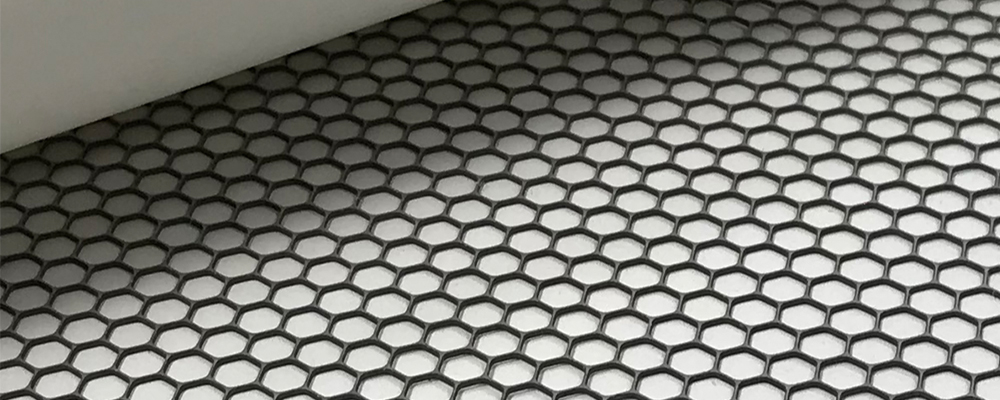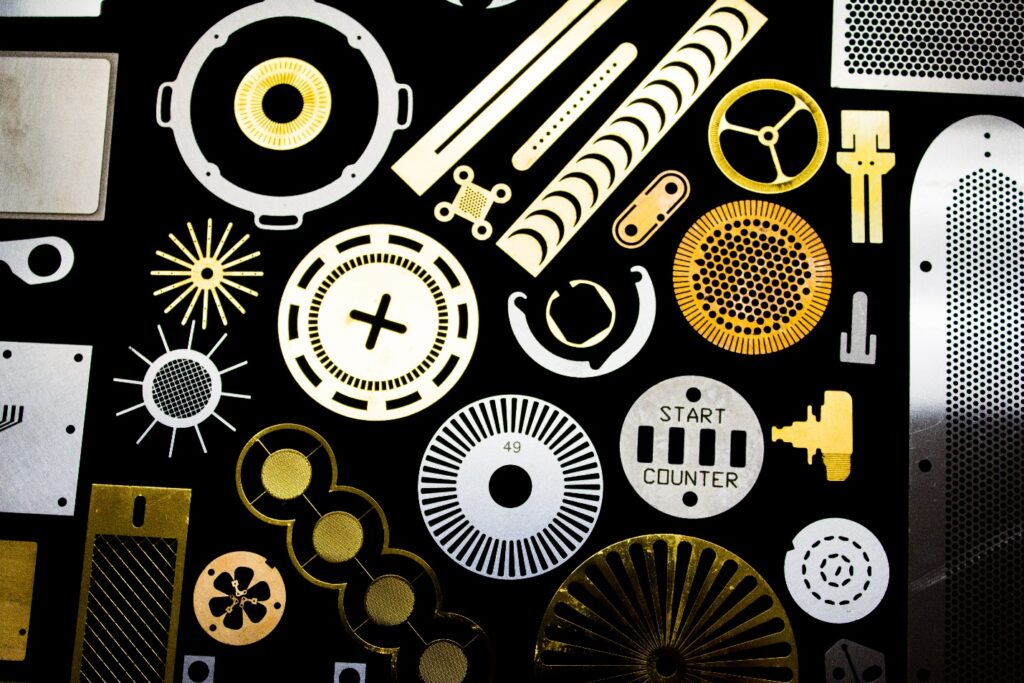Aluminum Photo & Chemical Etching Solutions

Photochemical Etching Aluminum Alloys
Photochemical etching has become a cost-effective and preferred method for fabricating thin metal parts, and photochemical etching aluminum alloys has become one of the most frequently practiced processes on a specific metal. Aluminum has several properties that make it appealing as an etching material, as it provides solutions for many products requiring a specific type of thin metal parts. Aluminum alloys are lightweight and strong, suiting the metal for a wide range of applications. Also, it is relatively inexpensive. Multiple organizations view United Western Enterprises Inc as the best company offering photochemical etching aluminum alloys custom work, and we know how to etch aluminum to suit your application and ensure you benefit over other materials and processes.

Understanding Aluminum Alloys for Photochemical Etching
If you are relatively new to your role and you need thin metal parts using the photochemical etching process, you may be facing some challenges in selecting the right type of metal for your product. United Western Enterprises can assist in helping you select the best material, but before we delve deeper into the subject of photochemical etching aluminum alloys, it is important to understand this popular type of metal in greater detail.
Aluminum alloys are alloys in which aluminum is the primary metal. Other typical materials dominant in alloys include copper, silicon, manganese, zinc, and magnesium and these come in two standard classifications: wrought alloys and casting alloys. These are then subdivided into deeper classifications that include non-heat treatable and heat treatable. AI-Si is the most important cast aluminum alloy system due to its superior casting characteristics. If you require thin metal parts that are corrosion resistant and light in weight, this will likely be an ideal option.
Why Aluminum Photochemical Etching?
Aluminum is one of Earth’s most abundant metals. Mining it can be difficult, but aluminum is easily manufactured and can be completely recycled. Aluminum is highly suited for etching because of qualities such as:
- Corrosion resistance
- Strength
- Malleability
- Thermal/electrical conductivity
- Ductility
Aluminum chemical etching is performed on the following common alloys:
- 1100
- 1145
- 3003
- 5051
- 6061
Applications for Acid Etching of Aluminum
Etched aluminum is commonly found in the automotive and aerospace industries. Etching aluminum plates is common. The process is used for manufacturing electronic components such as EMI/RFI shielding, shims, covers, lids, encoder disks, springs, and contacts. The metal can be used to create air intake grills and heater plates for aircraft. In automotive applications, aluminum dashboard surfaces, instrument dials, and covers can be machined with different textures, profiles, and even logos.
In addition, etched aluminum components can be used for small printed circuit board components, as many can be produced simultaneously using a fast, precise, and affordable process.
Why Photochemical Etching is a Preferred Method for Making Thin Metal Parts from Aluminum Alloys
Photochemical etching is a process that enables metal parts to be produced within extremely close tolerances with the aid of photography, computer design software, metallurgy, and chemistry. In addition, this metal etching process is very cost-effective making it a favorite option, and it is also sought after in production because metal parts can be made very quickly, at large volume, for a wide range of applications.
Aluminum Etching vs. Other Processes
Etching is an effective way to machine aluminum. Other processes, including plasma cutting, wire EDM, and laser etching of aluminum, can be more difficult, not to mention hazardous (submerging aluminum in water releases hydrogen gas, while dry cutting can release explosive fumes and airborne particulates). High heat and electrical discharges can change the properties of the material, making it brittle and prone to breaking and thermal distortion.

Advantages of Photochemical Etching Aluminum Alloys
Aluminum is easily machinable and suited for producing thin metal parts in any quantity. It is available in different grades and alloys. Manufacturers can create intricate designs and select grades most suited for an application. Whether used for prototype parts or volume production, photochemical etching yields burr-free parts with no heat-affected areas or surface imperfections. In addition to cutting, partial etching can be used to create patterns, textures, and even lettering and logos.
Partner with UWE for Your Photochemical Etching Aluminum Alloys Needs
United Western Enterprises offers a wide range of manufacturing services alongside our specialty of photochemical etching of aluminum alloys. From the prototool design and CAD stage, to aluminum alloy selection and preparation, to photoresist coating, administrating UV exposure, development, photoresist stripping, etching and the final inspection with quality control being enforced along the way, we have experts for every step of the process to ensure your parts are made with flawless accuracy, with a speedy turnaround time. In addition, our reputation for offering the best customer service is known across a wide range of industries, as we form true partnerships with every client. To learn more and request a quote call United Western Enterprises, Inc. at (866)578-3805. We’ll help you see how our aluminum chemical etching services can work for you.
